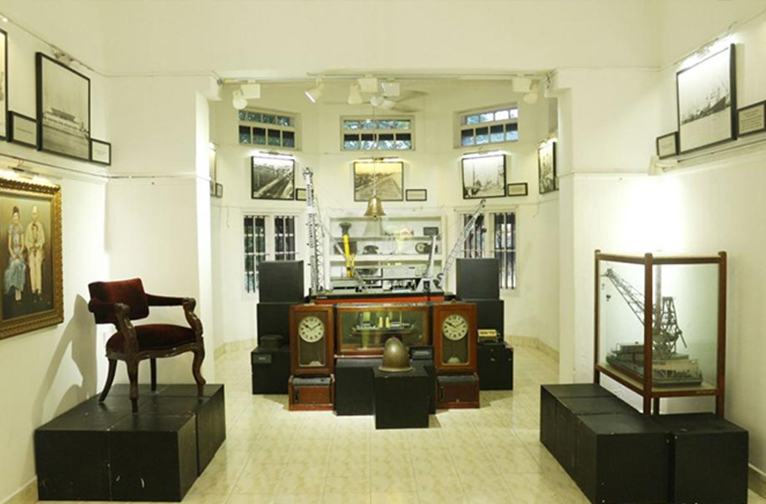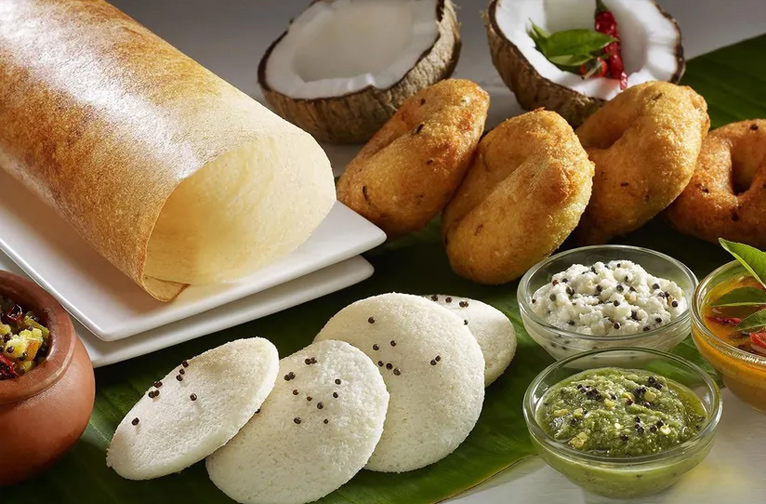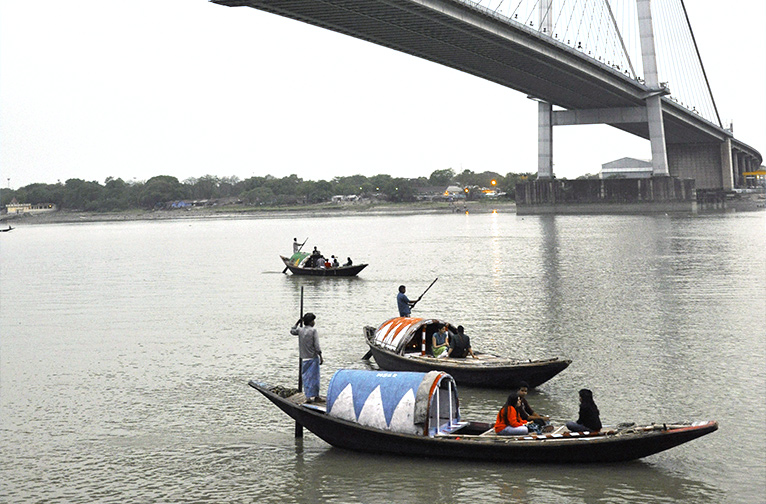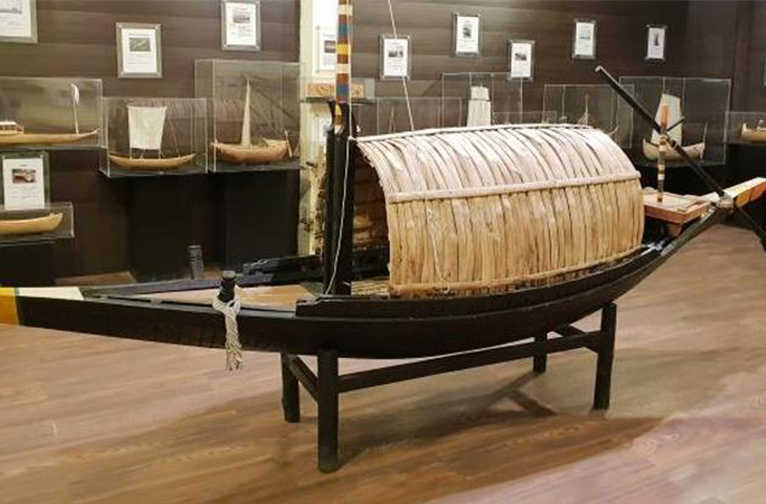Did you know that India’s maritime history dates as far back as the 3rd millennium BCE? That’s when business people from the Indus Valley Civilisation opened up trade links for copper, hardwoods, ivory, pearls, carnelian, and gold with ancient Mesopotamia, even though it was indirect, being routed from both regions through the post towns in the Persian Gulf. Maritime records reveal how Indian goods were arriving in Rome at the end of 1st century BCE in the reign of the Emperor Augustus Caesar. Even the Roman historian Strabo makes a note of how trade was on the increase between the two nations with the annexation of Egypt by Rome.
Spices were to form one of the most important commodities aboard the sailing ships heading to Western shores from India. Bet you weren’t aware that India traders had settled in Alexandria at the time and in reverse in India there were Jews and Christians settlers from Rome who stay on well after the fall of the Roman Empire. While trade with the Greco-Roman world flourished apace at the time. New winds of trade sweeping across the Arabian Ocean brought the likes of Vasco de Gama to Calicut in the late 15th century from Portugal. The floodgates of trade never closed after that for Europeans. The Portuguese, the French, the Dutch and the English all set their stamp on India’s trading manual with vengeance.
To recapture a slice of maritime history from the heyday of European trading wars and their impact on India’s history and culture, let’s explore some of the ancient port cities where the past and present collide most interestingly.
Kochi
While wandering around Kochi, you cannot arrive at the seaside without laying your eyes on the iconic Chinese Nets. A great tourist attraction today, they are a sharp reminder of ancient India’s trading day with the Chinese. In fact, the Chinese and the Arabs were the most important traders with Kerala in medieval times. Trade from the Arabs really took off in a big way along the Malabar Coast from the 9th century. The Pepper Exchange back in the day was a beehive of activity, as ‘black gold” had a tremendous demand in the West. Cochin (present-day Kochi) became a centre of trade in 1341 when the harbour of Muziris got silted up because of the flooding of the Periyar River.
Along with trade, shipbuilding became a big time business between the 17th and early 19th century. Another lesser known fact is the importance of the port as a horse trading centre, with ship-loads of thoroughbred horses arriving in the Malabar from trading centres set up along the Red Sea. Do inspect this interesting chapter of maritime history in Kochi in the Kochi Maritime Heritage Museum.


Your culinary journey across Kochi will also open up the influences on the local food by the melting pot of cultures introduced by the trading ships in Kochi. In the year 1400 CE two visitors of significance arrived in Cochin–the Chinese Ambassador Ma Huan, and Italian traveller Nicola Conti, who has left behind his impressions in his travelogues. In 1503, Cochin saw the arrival of the Portuguese Admiral Cabral. Three years later, the Portuguese set up their first fortified trading post in India. The port town was wrested by the Dutch in 1663, and then reluctantly gave it to the British in 1795. Your perambulations around town will offer you rewarding insights into the architectural influences of the foreign traders that walked the corridors of trade in the harbour town.
Kolkata
Walking around the exhibits around the Kolkata’s Indian Museum, you must make it appoint to explore the maritime sections. After all, the maritime activities of Calcutta were centric to its development as a huge trading hub, after business was shifted from by the British from their operations in Madras.
You will recall too what a huge impact Calcutta’s development as trading port impacted on, say, the merchant princes of Rajasthan’s Shekhawati region. Before the advent of the railways established by the British, even desert outposts like Jodhpur and Jaislamer became flourishing cities because they fell on the caravan route to Gujarat. Today Calcutta is intrinsically linked to the fortunes of India’s leading industrialists hailing from Rajasthan’s Marwar region who were forced to shift their businesses to this great commercial and trading capital. The Marwari culture is a strong influencer in this erstwhile capital of British Raj in the very heart of West Bengal.


Unmissable too is the impact of the multitude of Indian and foreign communities who arrived in the port town bringing the richness of their own cultures that have now seamlessly melded with its Bengali heart. Take a traditional nauka ride from Princep Ghat, once used only set aside exclusively for the use of the British. If stones could speak Princep Ghat would have many stories to relate of those heady times. Along the Hooghly River, famed also for its iconic Howrah Bridge, you will find many mansions of significance dating to those times.
The boat people settled by the riverside have been integral to the city’s maritime culture, in particular when it involved Calcutta’s river trade. In the Boat Museum in Ambedkar Bhawan in Kankurgachhi, you will discover the astonishing range of indigenous boats used from ages back in Bengal. Spend time over the display ranging from miniatures of cargo, passenger, fishing and luxury boats. What’s interesting to note is that the Rajbangshi craftspeople from Dakshin Dinajpur district were commissioned to create these models. You can also pop into Ethnographic Museum, Puppet Museum and Kantha Museum here.